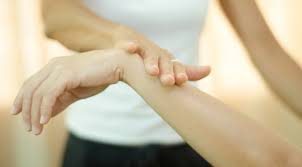
The word ‘kinesiology’ is a combination of the two Greek verbs – “kinein” – ‘to move’ and ‘logos’ – to ‘discourse’ (discuss).
In modern times discourse has led to a greater understanding of the relationship of the muscles to the nervous system, and therefore to the organs of the body, enabling us to ‘read’ the body by noticing changes in muscle tension when applying mild pressure to a semi-contracted muscle (muscle monitoring).
The understanding of human movement goes all the way back to Aristotle (384-322BC) followed about a thousand years later by Leonardo da Vinci who studied closely the structure and function of the human body. In the intervening centuries, much discourse has been carried out as people seek to understand how the body really works. Kinesiology is also the name given to a collection of stress-release therapies based on muscle monitoring.
As a therapy, Kinesiology is now practised worldwide, with astounding results as it draws on and integrates a broad range of Eastern and Western knowledge and healing practices. Essentially a ‘hands-on’ modality, the practice of kinesiology can investigate physical, emotional and mental stresses, seeking underlying causes and offering a variety of ‘balancing techniques’ to assist the person to come back to natural balance.
